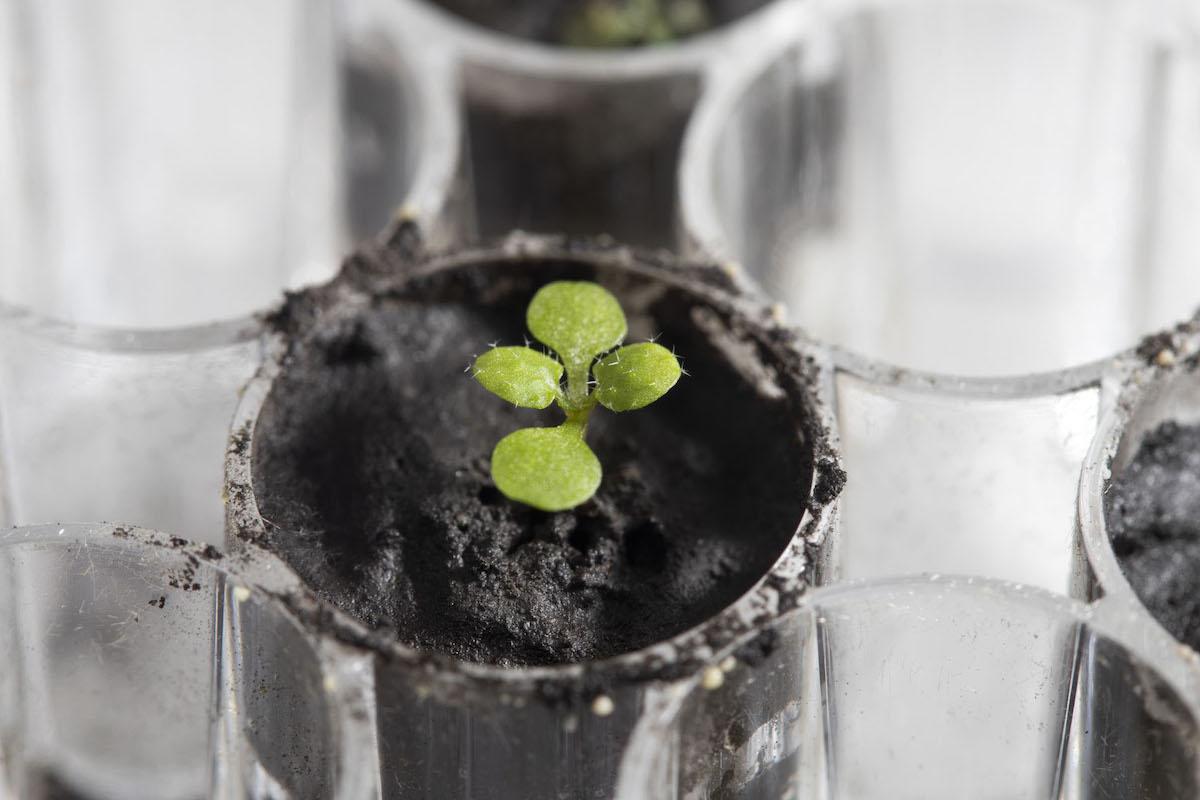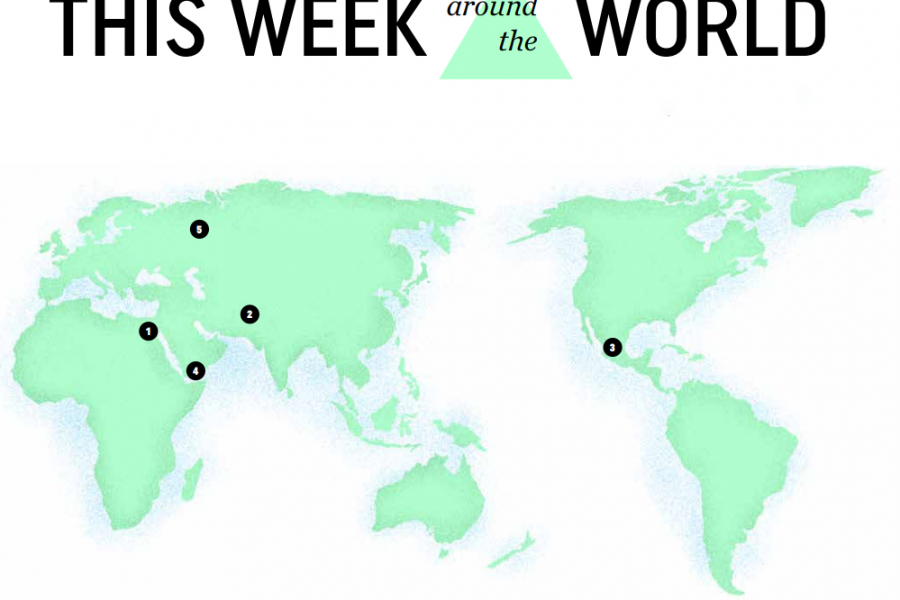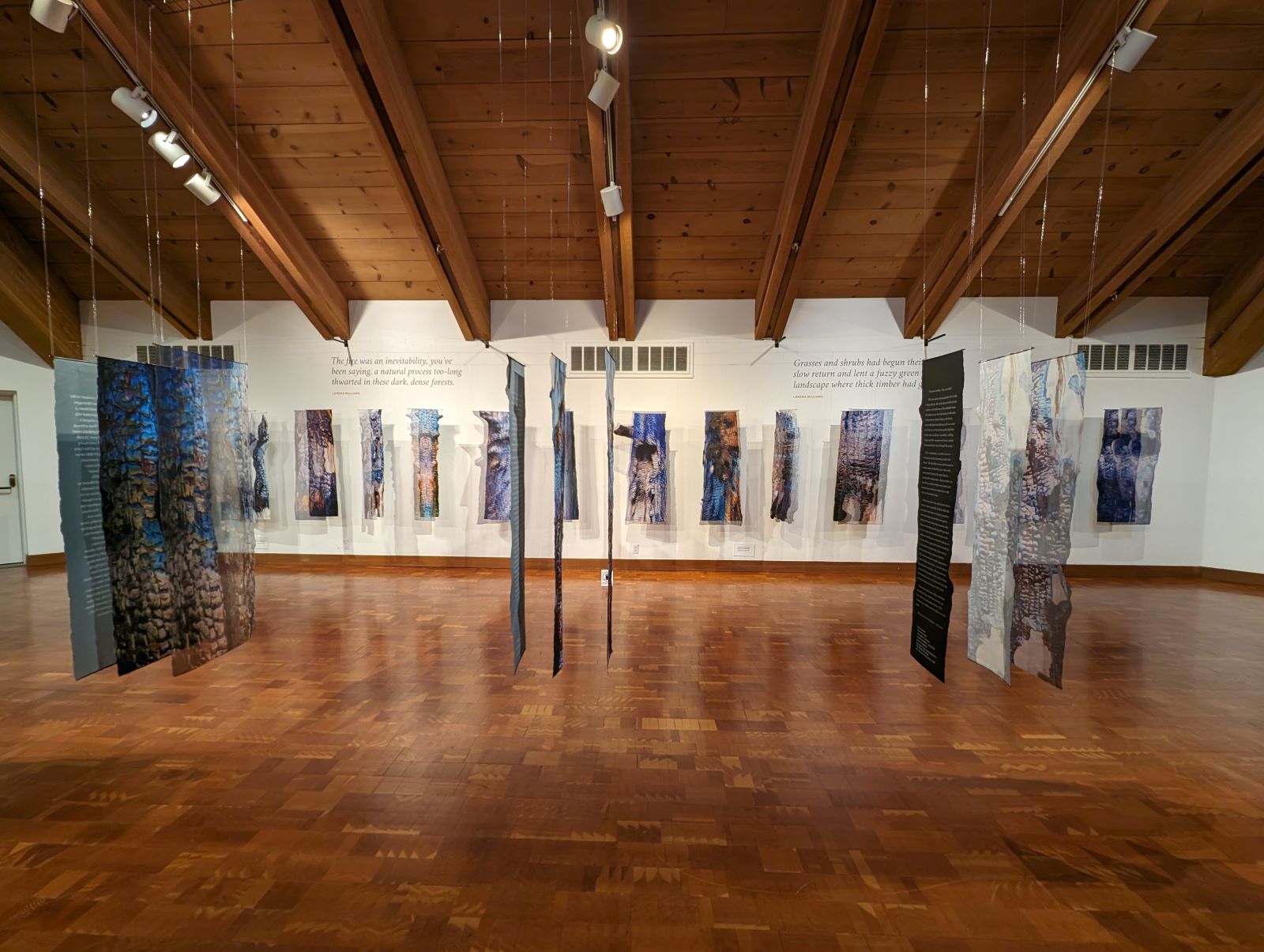The University of Florida succeeded in growing the first plants exclusively in lunar soil samples. Published May 12, this ongoing research has been funded by NASA since the Apollo samples were collected 50 years ago.
Now, scientists can officially confirm that plants can grow on regolith, the dusty lunar surface. Regolith resembles a fine powder of rock that was crushed or melted over billions of years due to micrometeorites hitting the moon’s surface.
Micrometeorites don’t typically exist on Earth because the Earth is protected from these speckles of debris by our atmosphere—the very same atmosphere that’s being damaged due to climate change.
The Apollo samples taken and those used for this recent study had key differences between them. For example, samples from the Apollo 12 and Apollo 17 missions were collected deeper inside the moon’s surface than those from Apollo 11.
The first organic species to successfully sustain itself in the lunar soil is known as thale cress, a common weed found across Eurasia and Africa. These plants are highly adaptable and often able to grow in vastly different environments due to simple genetic mutations that differentiate populations across the world. Their short life cycle and small growth habit, combined with the genetic variety, make them perfect candidates for genetic research, enabling them to be modified to grow in strange environments.
Thale cress grew in three different Apollo samples: Apollo 11, 12 and 17. The Apollo 11 sample was considered the closest to the outer surface of the moon, which included more iron particles and more exposure to dangerous phenomena—such as solar winds and cosmic rays, a form of radiation scattered throughout the universe.
After 20 days of growth, the scientists harvested the plants right before they flowered and ground them to study their RNA, to understand what kinds of genes were expressed between the organism’s cells. This technique measures a plant’s stress levels—the more stressed a plant is, the more stress-induced genes it passes on through its RNA.
Unsurprisingly, the plants grown in lunar soil showed clear signs of stress in their RNA and physical structure. Samples closest to the lunar surface showed the most signs of stress, including slow growth, low leaf volume and slight discoloration—and passed along 465 stress-related genes.
Samples from deeper inside the moon’s outer crust seemed to indicate fewer stress levels, but were still stunted compared to the controls. Plants grown in the Apollo 12 sample produced around 265 stress genes, while the Apollo 17 sample produced only around 113. Lunar soil found deeper within the moon’s surface is therefore more sustaining of plant life than the material found directly above its surface.
Simply growing these plants in lunar soil doesn’t mean they can be dropped off on the moon to grow and expand on their own. Plants, like all living things on Earth, depend on many of the features that we rely on ourselves. Water, sunlight, pressure and carbon dioxide are still necessary for a plant to sustain itself. Without an atmosphere, heat and gas particles can’t be contained long enough.
Developing structures on different planets or moons that can provide life-sustaining features would mean plants could grow and adapt to the local soil itself.
This kind of research only marks the beginning of a long, arduous process to form life on other planets. However, knowing plants can live on other forms of soil—different from the Earth’s crust—means projects like inhabiting Mars are still possible.






